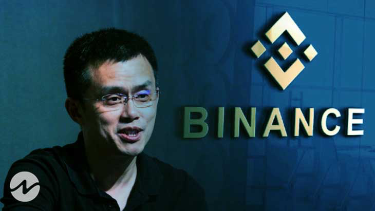The market for NFTs is worth several billion dollars.
With Ethereum as a pioneer, the crypto-ecosystem has developed and flourished.
Digital assets are today supported by a thriving financial infrastructure, unlike in the early days of crypto. As a result, one benefit to cryptocurrency holders is that there are now many more ways to make money from their assets.
Passive investors may now earn from staking or lending by finding a variety of authorized, safe trading platforms. DeFi’s interest-earning liquidity and lending pools appeal to individuals willing to take on a bit more risk. For example, there is a greater interest rate if you keep your money in a digital currency rather than a bank account. In addition, NFTs enable the tokenization of any asset, conventional or exotic, in a regulated digital securities market.
In its infancy, crypto may be categorized as a money trend. Bitcoin was created as a peer-to-peer electronic currency outside government monetary control. The aim is to emphasize an open, decentralized, and permissionless form of money.
Radical Transformation
Today’s environment shows just how much things have changed. There will be a multi-billion dollar decentralized finance market by 2022. The market for NFTs is worth several billion dollars. With Ethereum as a pioneer, the crypto-ecosystem has developed and flourished around decentralized apps and an increasingly particular set of interconnected use cases.
Binance CEO Changpeng Zhao recently tweeted about how he feels he made a late entry into crypto, but the industry is still in its early days.
In other words, the rise of crypto is no longer just about money; it’s a technological and tech application movement that has broadened the scope of what it means to speak about crypto. Decentralization, open systems, individual inclusion, and empowerment are still important concepts, but now they’re taking on a new, far broader perspective.

